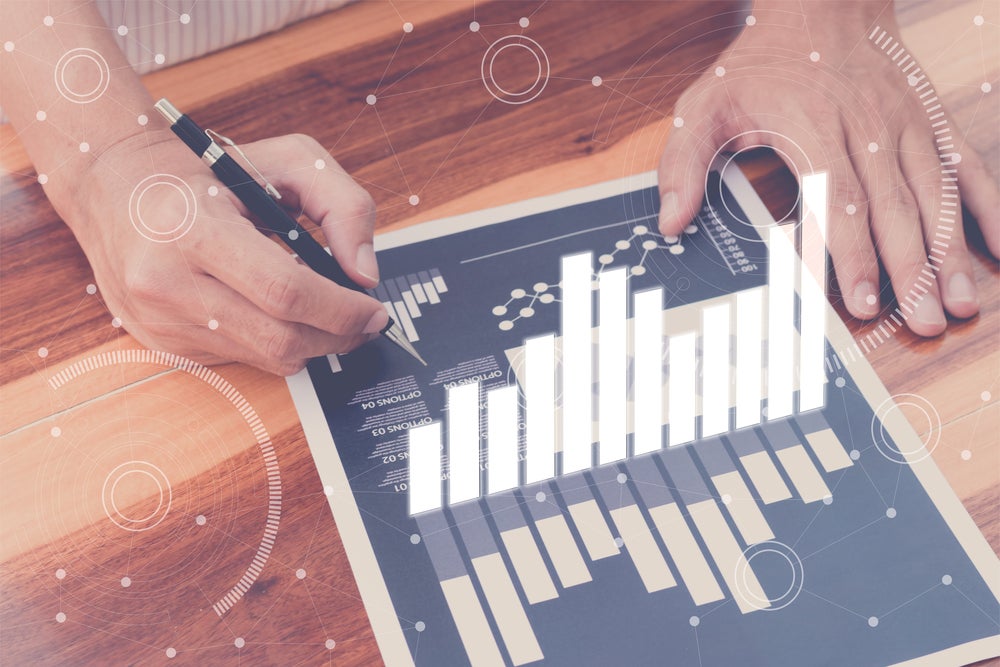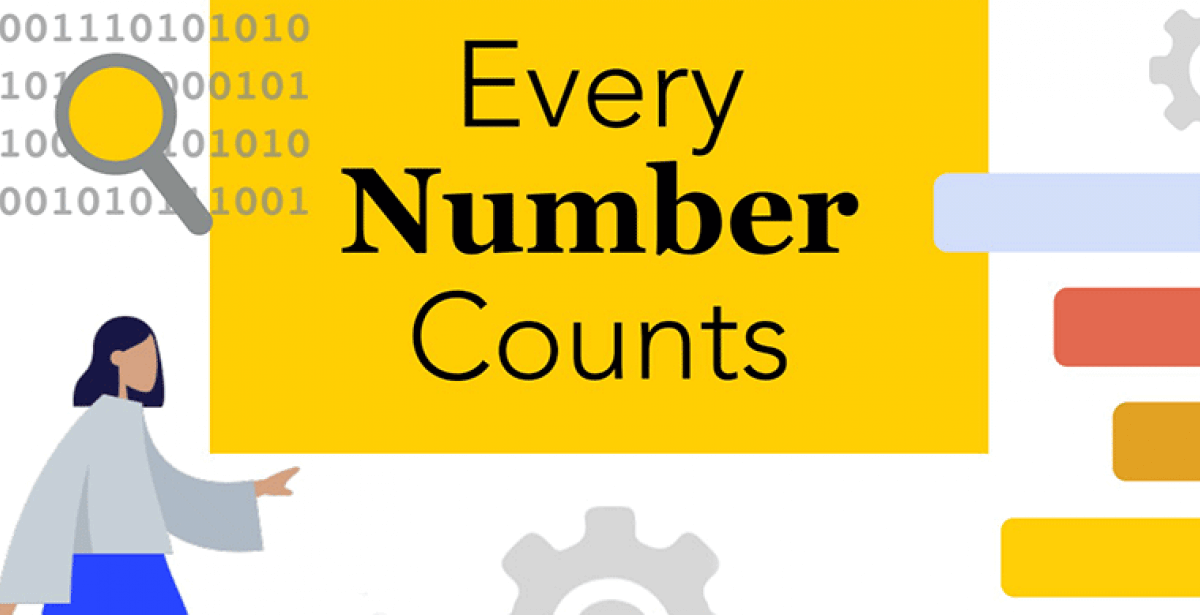
Effective decision-making is crucial to the success of any business or organization. Unfortunately, the opposite is also true: failure to establish a culture that fosters effective, evidence-based decision-making can be crippling.
As one of the fastest growing occupations, the demand for skilled statisticians continues to grow as businesses seek to improve their strategy. That growth is reflected in more traditional statistics occupations as well as emerging fields. A recent study by Laurence Goasduff published at Smarter With Gartner found that by 2023, “more than 33% of large organizations will have analysts practicing decision intelligence, including decision modeling,” endeavors that only succeed with the contributions of statisticians.
This has not always been the case. The risks of not understanding why statistics is important in decision-making are real and well-documented.
Underestimating the Importance of Statistics in Decision-Making
Initial success may be found when leaders follow their gut and rely on intuition to make key decisions. This often leads to overconfidence in evidence-free decision-making that may not serve a business well in the face of new opportunities and challenges.
“This Is How We’ve Always Done It”
Entrenchment in familiar mindsets and modes of operation is natural. Most humans are wired to stick to what is familiar, especially when the familiar has worked well in the past. This tendency can become a hindrance to growth, and even survival, when the comfort of familiarity overrides the urge to adjust and change based on available data.
Limitations of Intuition and Making Decisions by “Gut Feel”
Daniel Kahneman is a Nobel prize winner in economics for his work on human judgment and decision-making. He has concluded that humans essentially make decisions in two ways:
- a fast, intuitive method, and
- a slower, reasoning and evidence-based method
Kahneman’s research insists that the first method, while more comfortable and often faster, is also more prone to error. The second method, which can take more time, is generally more reliable because it depends on clearer reasoning and makes space for evidence, including statistics. Kahneman ultimately concludes both processes have value but that over-reliance on intuition — or decisions based on gut feelings — invites a higher risk of error, reinforcing the importance of statistics in decision-making.

The Advantages of Understanding Why Statistics is Important
Effective leadership requires a willingness to learn, grow and, if necessary, adapt for the future. This is especially true in a time when available data is expanding exponentially. Businesses and organizations must be prepared to gather, analyze and actually utilize statistics relevant to their success.
Statistics Matters More than Ever in the Age of Big Data
Accessing and utilizing statistics is a critical asset in decision-making, particularly in a time when more data than ever is being produced. Business and organizational leaders are tasked with making one decision after another in a world where the volume of information to consider is overwhelming. Consider some of the data about data:
- There are 44 zettabytes (44,000,000,000,000,000,000,000 bytes) of digital data traveling the internet.
- 90% of the world’s existing data was created in just the last two years.
- Humans worldwide are adding 2.5 quintillion bytes of new data daily.
- Collectively we will generate 463 exabytes of data by 2025.
Information overload can be a problem for leaders and executives aiming to make more informed, evidence-based decisions. This emphasizes the importance of statistics in decision-making as never-ending piles of data are culled and converted into usable information and actionable steps.
Making Sense of Mountains of Data
Statistical analysis enables a business or organization to gather and understand segments of data in order to identify patterns and other realities relevant to both past and future success. Leaders can then utilize this analysis in a number of helpful ways, including:
- Evaluating the performance of staff and determining paths to improvement
- Identifying patterns in consumer preference and behavior
- Predicting product performance based on past performance and emerging trends
- Auditing the efficiency of various processes
- Evaluating geographical realities within sales or other processes
Gathering data and performing statistical analysis equips businesses and organizations with the kind of evidence that helps fuel better decisions.
How Statistics Can Reveal the Future
One of the most dramatic reasons statistics is important in decision-making is it can help us see the future. Though all forecasting efforts are subject to certain limitations, predictive analytics has proven to be a helpful way for decision-makers to arrive at truly informed assumptions about future events and trends.
Using current and historical statistics distilled from accurate data collection, predictive analytics applies statistical algorithms and machine learning (or artificial intelligence) to make predictions about future trends and anticipated outcomes. Employing this process effectively, however, requires statisticians who understand both how to gather accurate data and interpret the results.
Experts believe these emerging opportunities in applied statistics will serve organizations in every industry, but some specific applications already demonstrating success include:
- Higher performance in financial trading
- Improving diagnostic, treatment and administrative processes in healthcare
- Better understanding and prediction for marketing and advertising strategies
- Detailed scientific modeling for pharmaceutical development
- Customer demographics and trends for retailers
- Enhanced testing and teaching methods in education
Applied Statistics Saves — and Makes — Money
A clearer understanding of accurate information positions any entity to both save money in its operations and create more profit. Businesses utilize statistics in a variety of areas that affect their bottom line, including:
- Performance measurement
- Forecasting conditions, production, and sales
- Analyzing risk and return on investments
- Market research
Statisticians Empower Leaders to Make Better Decisions
Increasingly, successful leaders know that understanding and applying statistics is important in decision-making. Karen Price, a senior research adviser at Eli Lilly, has seen firsthand the benefit of having statisticians involved in decisions. Like many other companies and organizations, Eli Lilly has discovered that quantitative approaches improve decisions and increase the probability of success in drug development.
One of the ways statisticians prove invaluable is in helping decision-makers avoid common analytical traps, including:
- Confirmation bias — where the executive only sees what they already believe to be true in a report, as opposed to the more objective interpretation of the data
- Overconfidence — believing an analysis is covering more than it really does
The danger in confirmation bias is keeping the leaders stuck in the past, relying on past practices that no longer lead to future success. A trained statistician can assist an executive in identifying and understanding the results of the analysis, on the best allocation of resources. The statistician can also help keep goals realistic and measurable to help minimize errors and waste.

Leverage the Importance of Statistics in Decision-Making to Grow Your Career
Most businesses and executives have realized why utilizing statistics is important in decision-making. NewVantage Partners’ 2021 Big Data and AI Executive Survey revealed that 99 percent of surveyed companies are investing in data initiatives, and 96 percent are reporting measurable business outcomes. The market for applied statisticians is strong and getting stronger.
Understanding the importance of statistics in decision-making is the first step; gaining the needed expertise and first-hand experience is the next. Those with a master’s degree increase their career opportunities and earning potential as they build specialized skills that are demanded by employers.
The Master of Science in Applied Statistics from Michigan Technological University is a 100 percent online program that focuses on four key areas:
- Advanced Statistical Methods — Combining tested techniques with emerging technologies
- Programming and Technology — Improving familiarity with industry standards software and tools such as R, SAS, S-Plus, and Python
- Real-World Problem Solving — Working with real datasets to overcome common challenges and drive decision making
- Communication and Leadership — Building professional skills to present outcomes with confidence and clarity
Elevate your decision-making and career with a Master’s in Applied Statistics from Michigan Tech.
Adapted from an article originally published in April 2019.



